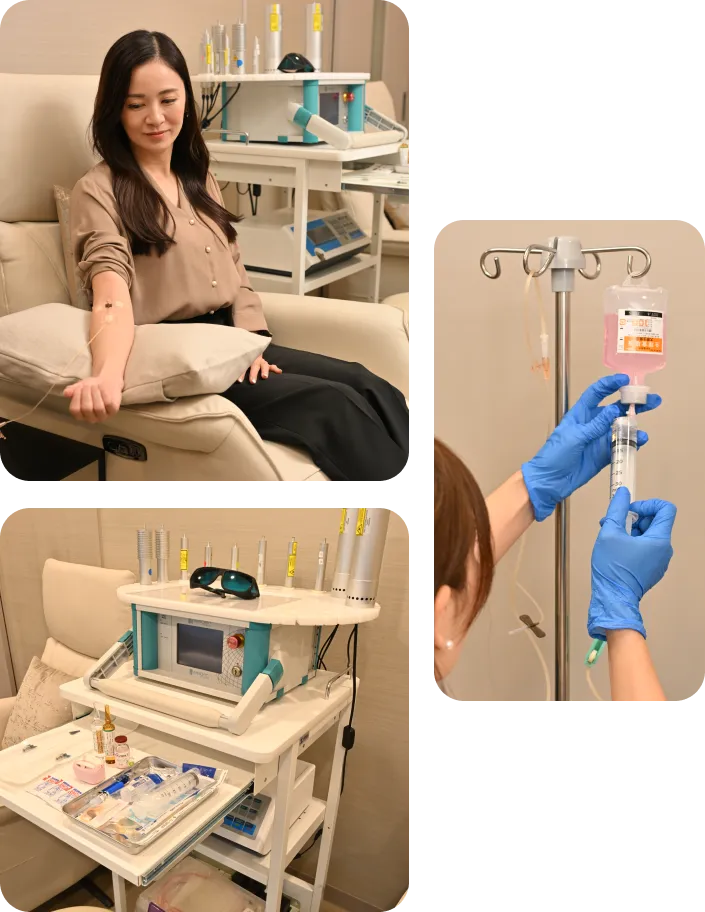What is Patellar Chondromalacia?
Patellar chondromalacia refers to the softening or degeneration of the cartilage located behind the kneecap (patella). Although the cartilage is on the back of the patella, it lies between the femur and the patella, affecting the knee joint's overall functioning.
Symptoms of Patellar Chondromalacia
The key symptoms of patellar chondromalacia are pain, swelling, and discomfort around the knee.
- Pain: The pain typically manifests around or just below the kneecap. Initially, it might occur only during or after exercise, but as the condition progresses, pain can occur during daily activities. Bending and straightening the knee may also produce a rough or catching sensation due to the irregular cartilage surface.
- Swelling (Hydroarthritis): Swelling around the patella occurs due to an increase in synovial fluid, a result of cartilage damage. This accumulation of fluid can lead to discomfort and increased pressure within the joint.
- Pain During Daily Activities: Activities such as squatting, standing up from a squat, going down stairs, or rising after sitting for a while can exacerbate pain. Sitting for long periods can lead to inadequate lubrication of the cartilage, making movement painful when standing up.
Causes of Patellar Chondromalacia
Patellar chondromalacia is often caused by repeated stress on the knee, particularly from running. The impact while running can exert a force 2-3 times an individual's body weight on the knee joint with each step, which over time can damage the cartilage. However, certain factors can increase the risk of developing the condition:
- Rapid Increase in Training Volume: A sudden increase in running distance or frequency can place excessive stress on the cartilage, leading to its degeneration. Gradual increases in training allow the cartilage to adapt and strengthen.
- Structural Problems: Individuals with a large Q-angle (the angle formed by the quadriceps and patellar tendon) often experience outward pressure on the patella, stressing the cartilage. Foot structure, such as flat feet (pes planus), can also affect the knee's alignment and increase cartilage stress.
- Muscle Imbalance: A lack of balance between the quadriceps (front thigh muscles) and glutes can result in excessive forward movement of the knee during running, putting additional strain on the patella. Weakness in the vastus medialis muscle (part of the quadriceps) can lead to uneven pressure on the cartilage.
- Core Strength: Weak core muscles can result in poor posture and increased strain on the knees during running.
Diagnosing Patellar Chondromalacia
To diagnose this condition, various imaging techniques may be used:
- MRI: An MRI provides a non-invasive way to assess cartilage thickness and signal intensity, which can indicate softening.
- Ultrasound: This technique evaluates cartilage thickness and surface irregularities.
- Arthroscopy: This surgical procedure involves directly visualizing the cartilage, allowing the physician to assess the extent of the damage using the Outerbridge classification (grades 0 to 4).
Treatment for Patellar Chondromalacia
Early to moderate stages of patellar chondromalacia are typically managed with conservative treatments:
- Rest and Recovery: Resting the knee during the acute phase for 2-3 days can help alleviate pain. However, complete rest isn't always necessary, and individuals can continue with light activities as long as they avoid movements that worsen pain.
- Rehabilitation: A combination of stretching and strengthening exercises is crucial to reducing stress on the cartilage. Focus on strengthening the quadriceps (especially the vastus medialis), glutes, and core muscles. Stretching the quadriceps improves flexibility, while strengthening these muscles helps to support proper knee movement and reduce pressure on the patella.
- Pain Management: Nonsteroidal anti-inflammatory drugs (NSAIDs) or hyaluronic acid injections may be prescribed to alleviate pain and inflammation.
- Surgery: In cases where conservative treatments are ineffective, surgical intervention may be necessary. Arthroscopic surgery is commonly used, where damaged cartilage is removed, smoothed, and small holes are made in the bone beneath the cartilage to stimulate healing.
Regenerative Medicine Options
For patients where surgery is not an option, or as a complementary treatment, regenerative therapies are becoming increasingly popular:
- Autologous Chondrocyte Transplantation: Healthy cartilage cells are harvested from the patient, cultured in a lab, and then transplanted back into the damaged area to promote cartilage regeneration.
- Stem Cell Therapy: Stem cells, often derived from bone marrow or adipose tissue, can be injected into the damaged area to stimulate cartilage repair.
- Platelet-Rich Plasma (PRP) Therapy: PRP, which contains growth factors from the patient's blood, is injected into the injured area to slow cartilage deterioration and support healing.
Lifestyle and Running Modifications
Aside from medical treatments, lifestyle changes and proper running techniques can help reduce the risk of patellar chondromalacia:
- Weight Control: Maintaining a healthy weight reduces the strain on the knees during running.
- Hydration: Proper hydration is important for joint lubrication, reducing the friction between the bones and cartilage.
- Choosing the Right Footwear: Running shoes with proper cushioning and support are essential for minimizing knee stress. Make sure to replace worn-out shoes, as their shock-absorbing properties degrade over time.
Summary
Patellar chondromalacia is a common cause of knee pain, particularly for runners, but with proper treatment and preventive measures, it is often manageable. Gradual increases in training, maintaining good muscle balance, and proper footwear are key to preventing and managing the condition. If pain persists or worsens, it's important to consult a specialist for diagnosis and treatment. By following the appropriate care and rehabilitation strategies, you can maintain knee health and enjoy running with minimal discomfort.











